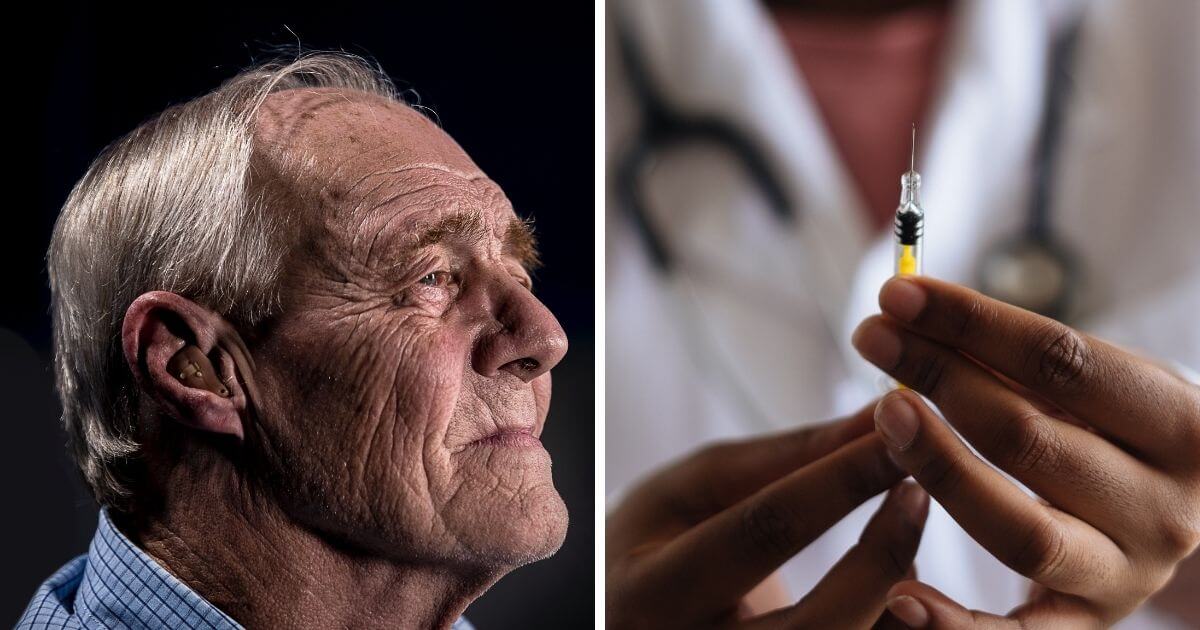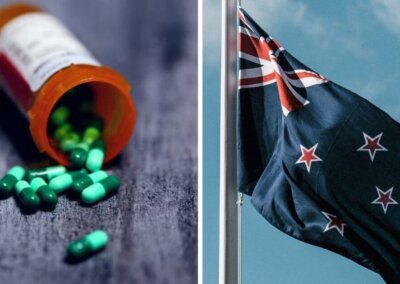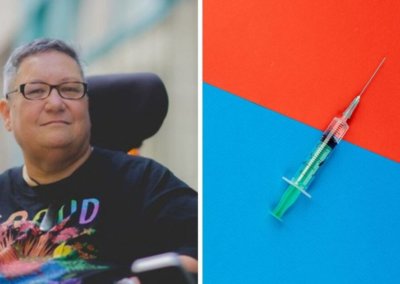At least 28 people in New Zealand have had their lives ended by euthanasia or assisted suicide in the three months since the practice became legal.
The law that allows assisted suicide and euthanasia came into effect in November 2021 following a referendum on the matter a year earlier. The Ministry of Health in New Zealand has just released data showing that from 7 November 2021, when the law came into force, until 31 January this year, at least 28 people have ended their lives by assisted suicide or euthanasia. As the data is updated on a weekly basis, that figure may have increased.
The change in law, which permitted assisted suicide or euthanasia, saw New Zealand join a very small group of countries – including the Netherlands and Canada – which already allow doctors to end the lives of their patients.
A binding referendum
Ahead of the referendum, legal risk lawyers and healthcare professionals expressed deep concern with the legislation and its lack of safeguards.
These include: no assessment to check individuals aren’t being coerced into assisted dying or euthanasia; no mental health checks or support; concerns about pressure to choose death due to lack of options; and a potential lack of equal access to good palliative care.
Polling suggests that 80% of those who voted in the assisted suicide referendum misunderstood what the law would actually do.
According to group Euthanasia-Free NZ: “Polling during the advance voting period showed that 80% of New Zealand adults were misunderstanding what the End of Life Choice Act would legalise”.
“Only 20% of respondents knew that this Act would not make it legal to turn off machines that are keeping people alive”. [emphasis original]
Executive Officer of Euthanasia-Free NZ, Renée Joubert, said: “It seems that most New Zealanders voted for an end-of-life choice that is in fact already legal”.
Numbers started small but “soared over time”
As the Guardian reports, in other countries where numbers of those who end their lives by euthanasia or assisted suicide “started slowly”, they “soared over time”. Figures from Switzerland, for example, have shown that the numbers of people who underwent assisted suicide rose steadily year-on-year, from 187 in 2003 to 965 in 2015”.
Right To Life UK spokesperson, Catherine Robinson, said: “The passing and coming into effect of this law will one day be recognised for the tragedy it is. We know that if there were 28 non-assisted suicides over this period, the politicians and people of New Zealand would recognise this as a profound sadness. Yet, because their lives were ended by a medically assisted suicide or euthanasia, we fail to recognise that this is any less sad”.
“The law creates the illusion that there is some great difference between a suicide, and an assisted suicide or euthanasia. But there isn’t. The New Zealand assisted suicide and euthanasia legislation says that the lives of those who are terminally ill are not worth living. It says that it is not worth offering them the same protection that we offer to everyone else”.












